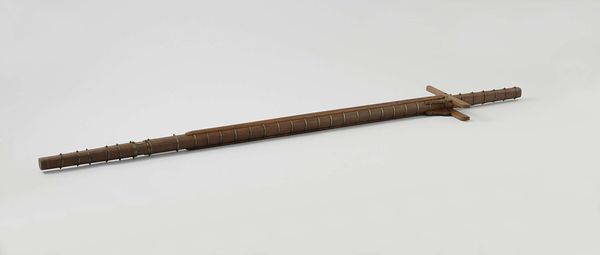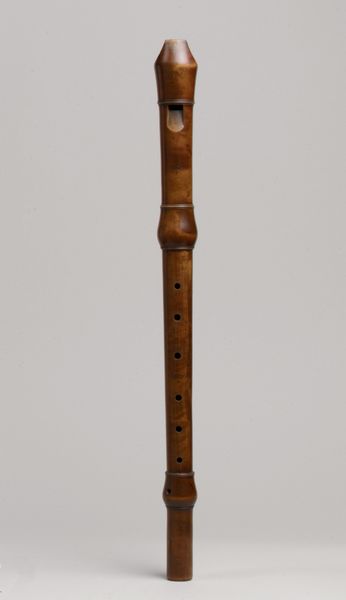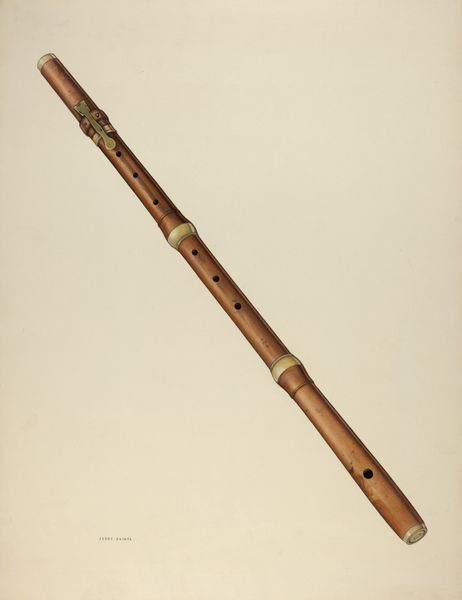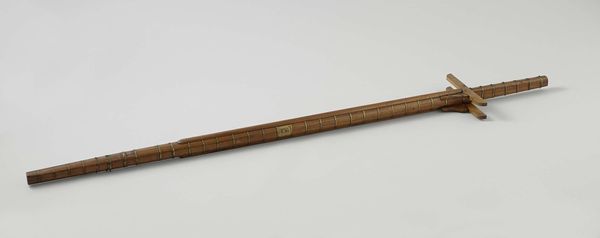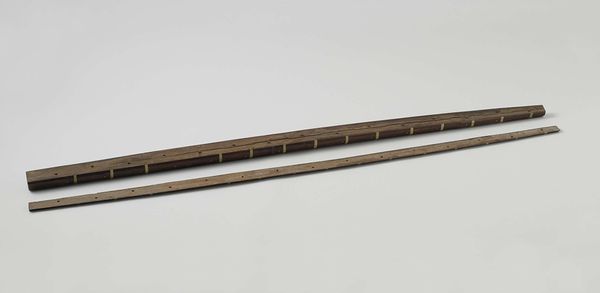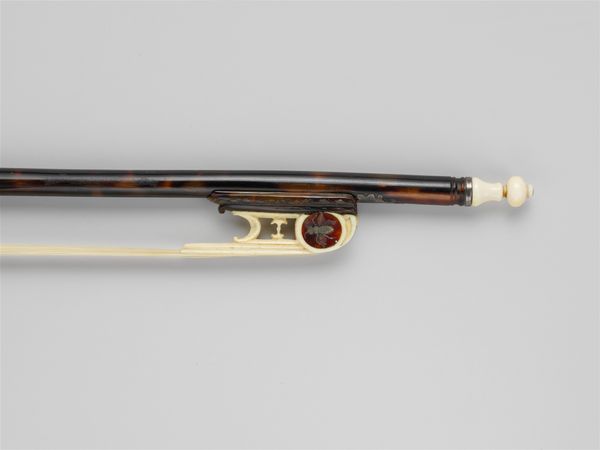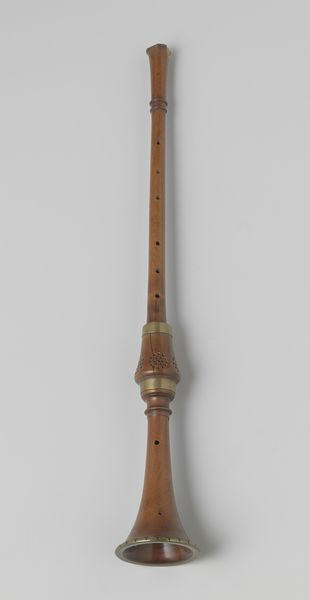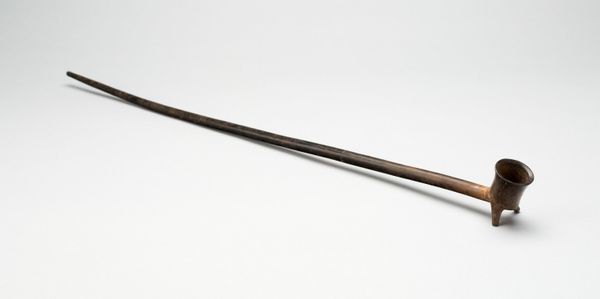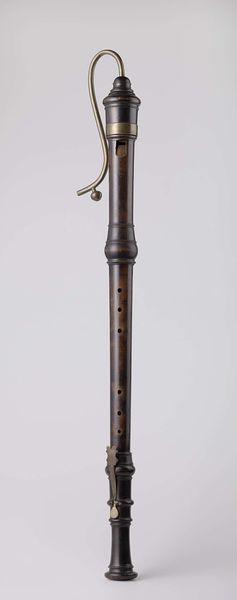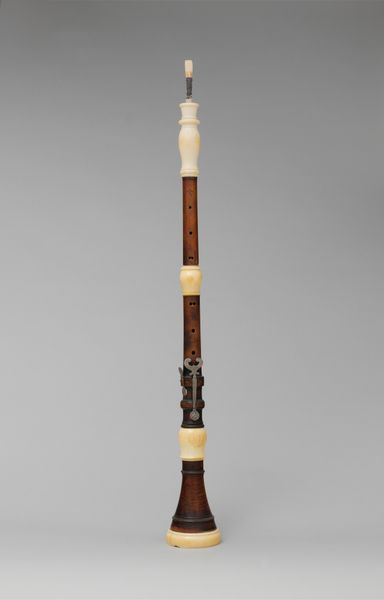
wood
#
studio photography
#
product studio photography
#
product shot
#
baroque
#
photo restoration
#
3d printed part
#
product design photgrpaphy
#
france
#
product mock up
#
men
#
wood
#
product photography
#
musical-instrument
#
cutout
#
product render
Dimensions: L. 65.8 cm (25 7/8 in.); external diameter from head to foot 2.9 cm (1 1/8 in.) to 2.5 cm (1 in.); diameter of mount 3.6 cm (1 7/16 in.)
Copyright: Public Domain
Editor: This is a transverse flute, made between 1720 and 1740, and it's currently housed in the Metropolitan Museum of Art. The dark wood is striking; it feels both simple and elegant. How do you interpret this work in the context of its time? Curator: The flute, seemingly a simple object, speaks volumes about the socio-cultural landscape of the early 18th century. Think about the rise of the bourgeoisie in France, a class that began asserting its influence through patronage of the arts, including music. This flute wasn't just a musical instrument; it was a symbol of refined taste, a tool for social mobility. Who had access to these instruments, and whose music was considered worthy of being played on them? Editor: So, the flute embodies class and access. I hadn't considered it in those terms. Curator: Exactly! And let’s consider gender. While both men and women played the flute, what did it *mean* for women to engage with musical performance in the salons of the era? How might that act have challenged or reinforced existing patriarchal structures? Consider the repertoire, too: Were female composers represented? Editor: I suppose the simple fact of its existence points to larger societal structures... even if it is just a flute. It is thought-provoking to consider the lives interwoven with it. Thank you! Curator: Absolutely! Seeing art as entangled with social history helps us listen for the untold stories embedded within seemingly simple forms. There's always a bigger picture to consider.
Comments
No comments
Be the first to comment and join the conversation on the ultimate creative platform.

